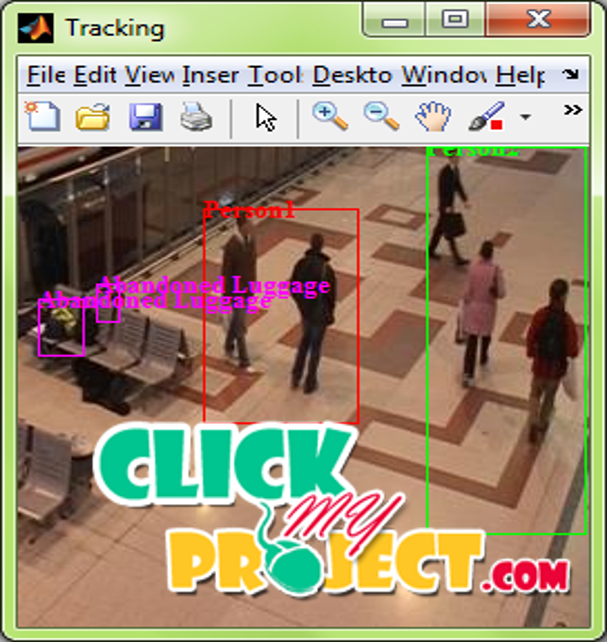Abandoned Object Detection via Temporal Consistency Modeling and Back-Tracing Verification for Visual Surveillance
Our Price
₹3,500.00
10000 in stock
Support
Ready to Ship
Description
Background subtraction has been widely investigated in recent years. Identification of objects in videos helps in background modelling applications. Objects in the videos were identified based on the identification of the pixel based differences in the images. In the proposed system objects were identified based on the structured sparsity inducing norms. Foreground is defined as the outliers of the structured sparsity norms. The identified foreground regions were extracted from the videos frames. The overall performance of the process is measured based on precision, recall, F-measure and False Positives. The main objective of the process is to exact the foreground from the videos. The input videos taken from the static cameras were converted into frames. The video frames were then decomposed based on Local Rank And Structured Sparsity Decomposition (LSD). In LSD the video frames were optimized based on the identification of the sparsity components using Ll infinity norm. The obtained coefficients were then optimized using Augmented Lagrange multipliers (ALM). Motion saliency check is applied to the decomposed frames based on the clustering of the Gaussian Mixture Model. In motion saliency check the sparsity and non sparsity components were identified based on the providing threshold for the sparsity and non sparsity components. From clustered Gaussian Mixture Model images the blobs were group based on the sparsity obtained in different scales using Group Sparse RPCA. In RPCA the regions with high motion saliency were identified. The identification is done by convex optimization problem. Optimization is again done based on inexact ALM method. The final foreground objects were estimated by comparing the results from the clustered GMM model and RPCA. The overall performance of the process is measured based on precision, recall, F-measure and False Positives. The performance metrics employed were much improved compared with the existing methods.
Tags: 2015, Digital Image Processing, Matlab




